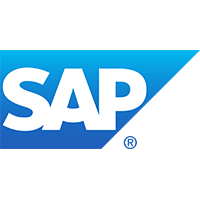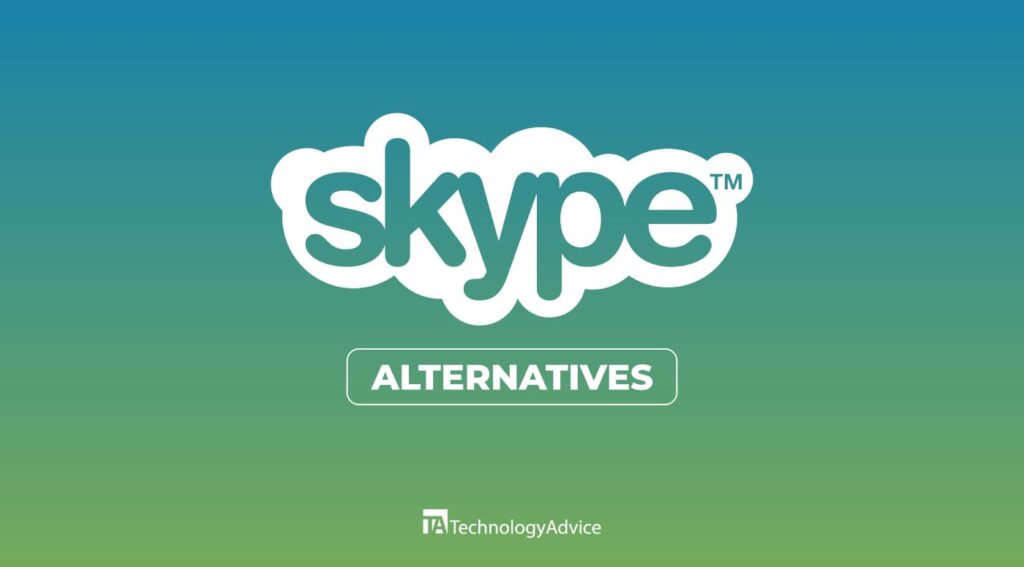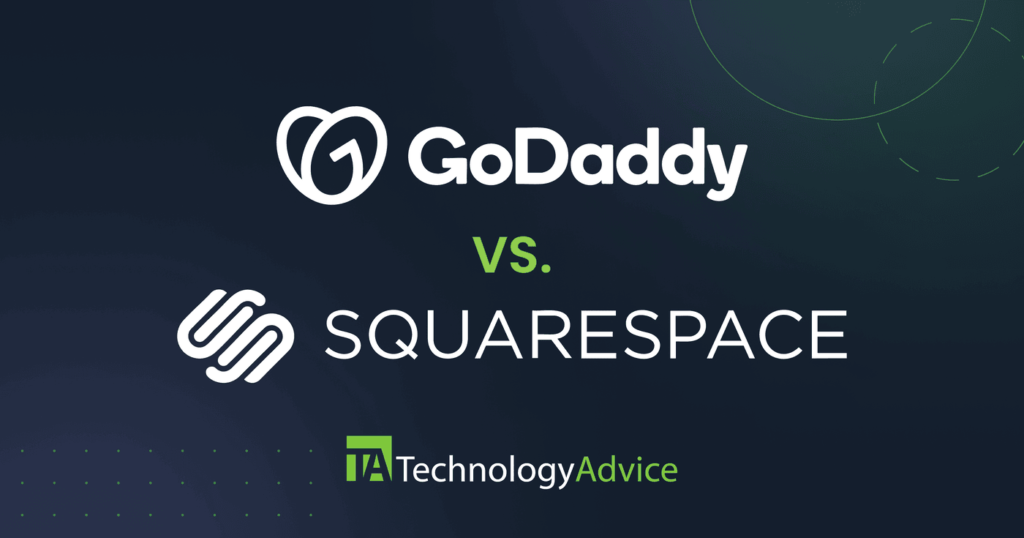Key takeaways
Enterprise resource planning software has been around nearly as long as commercial software has been available to businesses. Both SAP and Oracle have long invested in ERP technology to bring together the financial records of enterprise businesses, with product offerings that get more complex and potentially more useful every year.
But the ERP software market tends to look pretty homogenous from the outside, so it’s tough to distinguish SAP vs. Oracle ERP. These systems consolidate and streamline financial accounting records from internal business processes, sales departments, manufacturing, and complex supply chains. They also provide centralized databases that act as a single source of truth for the entire enterprise to reference when making business-critical decisions. This centralized database has also driven the increased use of business intelligence software within enterprise corporations as financial data from across all portions of the company is stored in a single location.
SAP vs Oracle is far and away the longest running and most contentious of ERP battles in the Tier I ERP vendor space for large multinational enterprise companies, so this review will focus primarily on the enterprise versions of the software.
 SAP |
 Oracle |
| SAP’s S/4 HANA stands out in the ERP software market with its focus on integrating various business components, including sales, marketing, inventory, and manufacturing into a single platform. Its key target is the omnichannel retail and supply chain industries. In contrast to Oracle’s more internally focused financial data system, SAP leans heavily on its HANA computing platform for AI and machine learning, promising advanced business analytics and automation across its product offerings. | Oracle’s enterprise ERP focuses more on the internal movement and analysis of financial data within a company. Unlike SAP’s all-in-one approach, Oracle allows more customization with its build-your-own model, offering modules that can be purchased separately or in a single platform. While both vendors leverage AI and machine learning for data analysis, Oracle integrates these features across its products, without branding its underlying database and infrastructure like SAP’s HANA platform. |
Both SAP and Oracle claim they have solutions for all sized businesses who are interested in growing. While that may be true, the price point is going to be prohibitive for 3 people working from a garage. The software is worth it for rapidly expanding businesses with lots of moving parts like procurement, supply chain, and multiple locations.
SAP vs Oracle is far and away the longest running and most contentious of ERP battles in the Tier I ERP vendor space for large multinational enterprise companies, so this review will focus primarily on the enterprise versions of the software.
Both of these ERP offerings have a highly financial focus. Many of the common features are accounting and reconciliation-based financial software that includes features to streamline the upkeep of records, consolidation across departments and locations, and integration of sales and procurement from the entire supply chain.
As Tier I ERP vendors, SAP and Oracle are ready to take on the financial and regulatory requirements of global companies. Both softwares provide support for multiple currencies and languages, settings and forms for regulatory compliance, and real-time data management across time zones. These features extend to business intelligence and advanced computing capabilities like artificial intelligence (AI) and machine learning to facilitate faster analysis of diverse financial records and move faster toward increased revenues.
Both SAP and Oracle fight to stay on the cutting edge of technologies that improve how quickly and accurately global corporations do business. And yet they work together to host and support one another’s software on their own databases. This relationship gives companies greater freedom to choose the databases, platforms, and ERP modules that work best for them without sacrificing the lengthy records or capital investments they may have made.
Also Read: Business Intelligence vs. Data Analytics
SAP S/4 HANA is a program for enterprise multinational businesses that integrate lots of different parts of the enterprise into a single platform. It covers sales, marketing, inventory, warehouse management (with integration), manufacturing, and professional services all in a single interface. The SAP marketing targets the growing omnichannel retail and supply chain industries that combine ecommerce, sales, manufacturing, and logistics from factory to doorstep.
[get-pricing category=”CRM” cta=”Get Pricing” width=”200px” url=”sap-lumira-reviews”][/get-pricing]
Conversely, Oracle’s enterprise ERP focuses more on how financial data moves internally within an enterprise company. Oracle’s offering invites companies to integrate data from across the enterprise and use their systems to manipulate and analyze it within their financial needs. While it contains many of the same modules as SAP (financials, project management, procurement, manufacturing and supply chain), each of these can be purchased in a single platform or separately, giving Oracle a build-your-own feel.
[get-pricing category=”CRM” cta=”Get Pricing” width=”200px” url=”oracle-business-intelligence-reviews”][/get-pricing]
SAP S/4HANA built sales features right into the platform where sales teams can manage accounts, build invoices, streamline procurement processes, and manage orders and contracts from the ERP interface. SAP has dismantled the traditional customer relationship management (CRM) tool and integrated its parts throughout the ERP by including customer records within the sales, procurement, and finance functions. The software assumes that marketing and customer support features like a marketing automation or helpdesk software will be purchased separately. SAP offers a full customer experience suite in its SAP C/4HANA product.
Oracle doesn’t specifically call out or designate sales tools within the ERP Cloud product, which can be confusing for sales-focused companies. However, due to the breadth of financial records the ERP manages, vital customer information is stored and managed within the ERP. Expect to find financial records, quote management, orders, and procurement tools that all can be filtered by customer. For those looking for a more traditional CRM or sales enablement tool, Oracle offers stand-alone customer experience, sales, marketing, service, and social tools that integrate with the Oracle ERP Cloud.
One of the major differences in the SAP vs. Oracle fight is the ways that they are using advanced computing technology to speed business processes across their platforms. Specifically, these companies are integrating AI, machine learning, and automation in parallel but different ways.
SAP’s HANA computing platform has promised serious upgrades to analytics and reporting across the enterprise since it was first introduced in 2008. While offered as a platform as a service (PaaS) product to the general public, the HANA database is now effectively the driver and platform upon which SAPs offerings are built, and supports the data integration and ultimately the innovations that SAP builds into all of its product offerings. What HANA has historically meant for SAP was the promise of automation, machine learning, and predictive analytics, and these tools have only recently begun to gain ground within the company’s ERP offerings.
Oracle is similarly invested in AI and machine learning, although they haven’t branded their underlying database and infrastructure like SAP. AI is embedded in many of the products that Oracle offers, including within Accounts Payable, Supply Chain Finance, and Procurement modules within the ERP offering. Like SAP’s use of the HANA platform to build intelligent data analytics, Oracle’s embedded AI features give companies access to advanced data analytics and processing within the tools they already buy, so they don’t have to make the investment to build those tools from scratch.
Let’s look at how you’ll encounter AI and machine learning within the products offered by SAP vs. Oracle.
SAP has introduced machine learning into its financials product, where past decisions on how to categorize and handle invoices and purchase orders inform how financial statements are processed in the future. This adds automation to the workflow, reducing the manual collaboration to identify and resolve exceptions down to a list of possible recommendations.
Oracle’s integration of AI concentrates on the accounts payable product. The goal of AI integration within accounts payable is to reduce manual processes involved in checking and consolidating invoices across the enterprise. The tool then helps companies make intelligent automatic payments based on past payments.
SAP uses Predictive Analytics powered by its Leonardo tool across the manufacturing and supply chain including purchasing, stock in transit, and exception management. The most exciting development in the 1805 release in 2018 is inspection lot analytics, which gives manufacturers greater control over each product lot and their overall materials analytics.
Oracle combines their smart contracts + blockchain feature for supply chain management, tracking buyer performance across many data points. This visibility into buyer data builds trust between the buyers and sellers of materials. It also lets procurement bring together vast data stores from across the supply chain where that department can build simulations to get a full picture of actual seller performance, which leads to better deals.
A significant recent investment in natural language processing has produced the SAP digital assistant, SAP CoPilot, which can help managers and individuals access deep analytics and discover data quickly through natural language questioning rather than digging through reports. The SAP CoPilot tool can also be used to build purchase orders and invoices based on past orders.
Oracle offers analytics and Big Data tools that harness a company’s deep data stores and can use natural language processing for tools like database search. True to Oracle form, these tools are understated and built into the general workings of the ERP. Companies can also access these tools as add-ons and within the analytics platforms.
You’ll also find that both SAP vs Oracle’s ERP offerings live within a larger universe of business-critical software available from these companies. Each company offers their ERP as a cloud platform or piecemeal, giving companies the flexibility to purchase the modules they need as they grow without paying for a lot of extra unused features.
Medium-sized enterprise offering
- SAP Business By Design
- Oracle ERP Cloud for midsize
Small enterprise offering
- SAP Business One
- Oracle ERP Cloud for small business
SAP offers different sized platforms for medium and small businesses, bundling together sales, financials, and supply chain features that these companies need to grow. Oracle’s ERP platform is scalable to midsize and small businesses who have outgrown a standalone financial or accounting tool. Both SAP and Oracle also offer standalone modules that can be purchased separately via monthly subscriptions for companies who don’t feel ready to take the platform plunge.
This build-your-own system of software works great to make much-needed features available to growing companies, but be careful: most of these modules come at a hundreds of dollars per month per user price tag, so the bill adds up quickly. With such an intense investment, take the time to understand what features you need and which you can live without.
Enterprise and multinational businesses looking to streamline their financials, supply chain, and procurement departments would do well to fully investigate the offerings from SAP S/4HANA and Oracle ERP Cloud, including onboarding, data enablement, and ongoing support. Implementing a new ERP solution brings with it a significant investment in time and capital, and many businesses fail to prepare fully and adequately train their employees on a new ERP, which greatly reduces the overall success of the investment. Do your research, understand your company’s immediate and future feature needs, and make sure that the ERP providers you talk to offer ongoing support after the sale is complete.
Ready to start looking into ERP solutions, or want to know if SAP vs. Oracle is better for your business? Visit our ERP page to receive recommendations based on your company’s feature needs.





